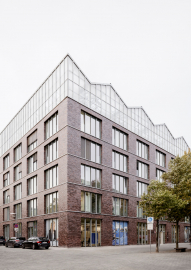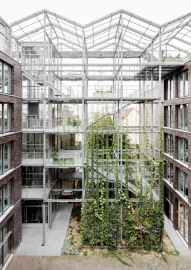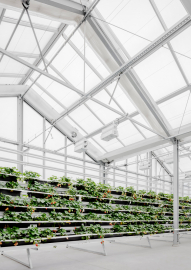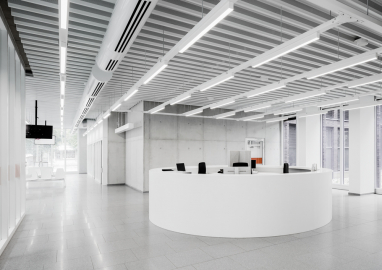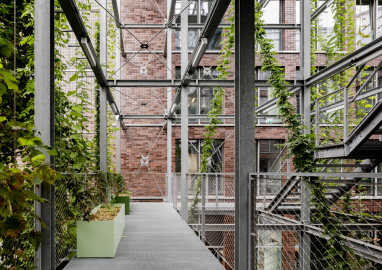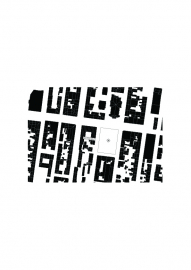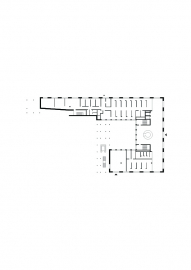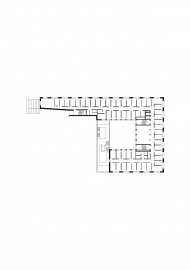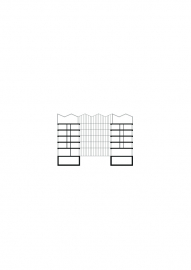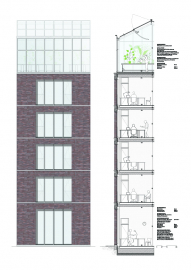Administrative Building with Integrated Rooftop Greenhouse
Administrative Building with Integrated Rooftop Greenhouse
For the first time in Germany, a building was being constructed that combines functions as diverse as a Jobcenter and a rooftop greenhouse, in which urban agriculture is practiced and researched.
The historical center of Oberhausen raises the question of how urban density and public spaces beyond commercial uses can be realized in light of economic structural change. As an answer to this question, the project integrates two very different uses. For the first time in Germany, a building was being constructed that combines functions as diverse as a Jobcenter and a rooftop greenhouse, in which urban agriculture is practiced and researched. The building technology integration makes the office building usable as a resource for agricultural production. The design adds a third element, going beyond the original brief: A publicly accessible vertical garden closely links the rooftop greenhouse with the city and its central market square.
The building blends confidently but calmly into the historical city. It joins the ensemble of public buildings whose striking brick facades form the protagonists of the cityscape. The brick cladding is revealed as a façade instead of giving the impression of being solid. The stacked bond brickwork produces an atectonic visual appearance. The specificity results from the tension between the physicality of the brick building and the filigree lightness of the rooftop greenhouse. From the regularity of its structure, the greenhouse on each of the three sides of the street forms its own conclusion, which responds sensitively to each context.
Floor-to-ceiling windows, exterior views and structural clarity give the rooms inside the building a generous feeling. Contrasting the clinker cladding, the foyer on the ground floor is designed to have a raw, visible finish. The concrete construction is exposed, suspended ceilings were dispensed in favor of the experience of the full room height.
The three elements of the office building, the greenhouse and the vertical garden are modularly related to one another. A galvanized steel structure takes the basic dimensions as a starting point and varies them in different components: vertically as a division in the office windows, in the glass of greenhouse wall and the metal trellis; horizontally the platforms of the trellis continue storey by storey on the surrounding windowsills. The utilization of standardized components enables both economical construction and efficient operation.
The warehouse typology of the building is sustainable in terms of adaptability to possible future developments of the city.
The integration of building services, which had previously been investigated in feasibility studies and has been implemented here for the first time, means that various functions can benefit each other. Air removed from the office building, for example, is fed into the greenhouse, where waste heat and CO2 can promote plant growth.

